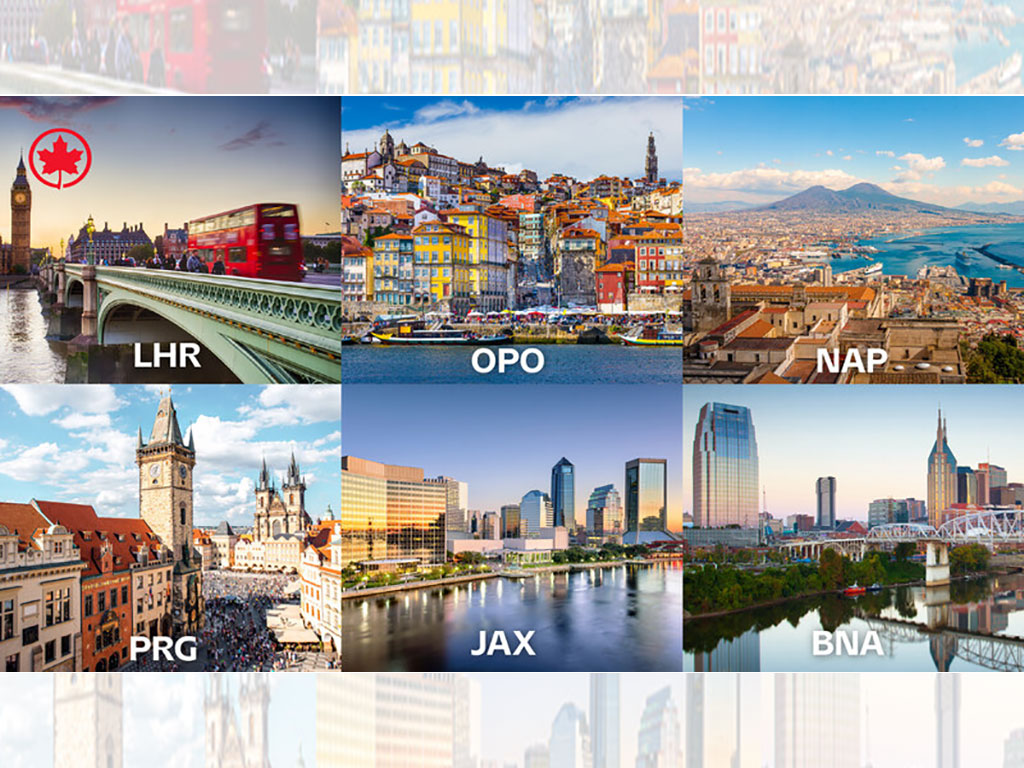Passenger traffic continues to rise: IATA
 The International Air Transport Association (IATA) reports that global traffic results for January show a 5.7% rise in passenger demand, but an 8% decline in air freight compared to the same month in 2011. The occurrence of Chinese New Year in January (rather than in February as in 2011) exaggerated the increase in passenger demand and the fall in air freight. Stripping this out, the underlying trend was for stronger passenger growth, while stabilized weakness in cargo markets continues. “The year started with some hopeful news on business confidence. It appears that freight markets have stabilized, albeit at weak levels. And this is having a positive impact on business-related travel. However, airlines face two big risks: rising oil prices and Europe’s sovereign debt crisis. Both are hanging over the industry’s fortunes like the sword of Damocles,”said IATA director general Tony Tyler. Total January passenger demand rose 5.7% compared to January 2011 a slight acceleration from the 5.6% year over year increase recorded for December 2011. With January passenger capacity up 4.2%, average load factor rose 1.1 percentage points to 76.6% compared to the same month a year ago. International air travel rose 5.5% in January year over year, while capacity climbed 4.2%, resulting in a load factor of 76.6%, up from 75.7% in January 2011. North American airlines had a 0.3% dip in passenger traffic, but capacity dropped 0.9%, pushing load factor up fractionally to 77.6%. Next to African carriers, the passenger demand was the weakest performance. Middle East airlines recorded double-digit traffic growth in January, posting a 14.5% increase. This was by far the largest rate of growth for any region and represents a return to the rates experienced in 2010. “Running an airline in today’s uncertain economic climate is a tough job. Some well-known names — Spanair and Malev — disappeared in January. At the same time, we know that demand for air travel will grow as the global economy recovers and requires even greater connectivity. The billions of dollars in commercial orders placed at the recent Singapore Airshow demonstrate that airlines are strategically investing to meet that demand with ever-more fuel efficient and environmentally-sustainable aircraft,”said Tyler. “The aviation industry is a catalyst for economic growth. Governments should keep this in mind in their policy initiatives. Measures to boost competitiveness — not taxes or restrictions — are immediately needed, along with a long-term vision to support sustainable economic growth through much needed infrastructure investments.”(http://www.iata.org)
The International Air Transport Association (IATA) reports that global traffic results for January show a 5.7% rise in passenger demand, but an 8% decline in air freight compared to the same month in 2011. The occurrence of Chinese New Year in January (rather than in February as in 2011) exaggerated the increase in passenger demand and the fall in air freight. Stripping this out, the underlying trend was for stronger passenger growth, while stabilized weakness in cargo markets continues. “The year started with some hopeful news on business confidence. It appears that freight markets have stabilized, albeit at weak levels. And this is having a positive impact on business-related travel. However, airlines face two big risks: rising oil prices and Europe’s sovereign debt crisis. Both are hanging over the industry’s fortunes like the sword of Damocles,”said IATA director general Tony Tyler. Total January passenger demand rose 5.7% compared to January 2011 a slight acceleration from the 5.6% year over year increase recorded for December 2011. With January passenger capacity up 4.2%, average load factor rose 1.1 percentage points to 76.6% compared to the same month a year ago. International air travel rose 5.5% in January year over year, while capacity climbed 4.2%, resulting in a load factor of 76.6%, up from 75.7% in January 2011. North American airlines had a 0.3% dip in passenger traffic, but capacity dropped 0.9%, pushing load factor up fractionally to 77.6%. Next to African carriers, the passenger demand was the weakest performance. Middle East airlines recorded double-digit traffic growth in January, posting a 14.5% increase. This was by far the largest rate of growth for any region and represents a return to the rates experienced in 2010. “Running an airline in today’s uncertain economic climate is a tough job. Some well-known names — Spanair and Malev — disappeared in January. At the same time, we know that demand for air travel will grow as the global economy recovers and requires even greater connectivity. The billions of dollars in commercial orders placed at the recent Singapore Airshow demonstrate that airlines are strategically investing to meet that demand with ever-more fuel efficient and environmentally-sustainable aircraft,”said Tyler. “The aviation industry is a catalyst for economic growth. Governments should keep this in mind in their policy initiatives. Measures to boost competitiveness — not taxes or restrictions — are immediately needed, along with a long-term vision to support sustainable economic growth through much needed infrastructure investments.”(http://www.iata.org)


